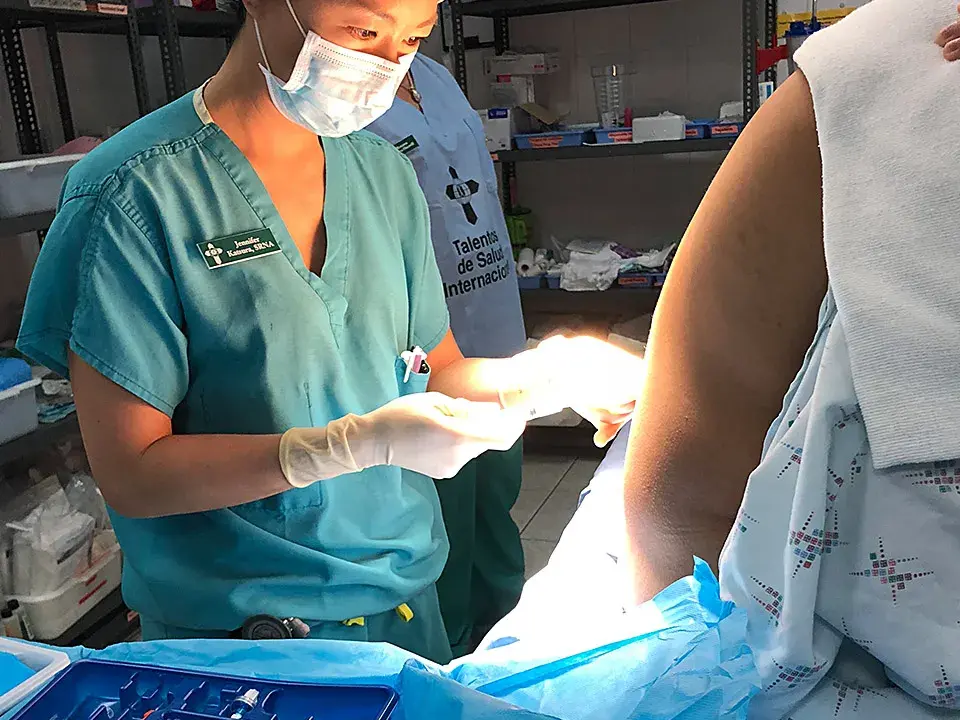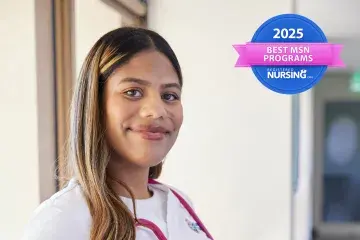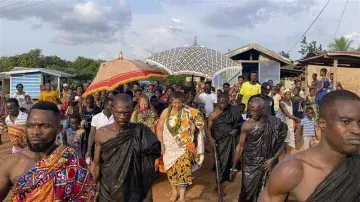Breast Cancer Diagnosis Inspired Nursing Career

Los Angeles-based digital publisher and conference host Create & Cultivate (C&C) celebrates and promotes women in business. This year, C&C honored female hospital workers, comprising 77% of workers in the field, and delivered its annual award to frontline workers staying strong through a global pandemic. Three SMU alumnae from the Master of Science in Nurse Anesthesia (CRNA) program were among those honored, including Jennifer Katsura, CRNA ’18; Ana Armenta, CRNA ’16; and Jamilla Churchhill, CRNA ’16. In the first of a three-part series of Q&As with them, Katsura says SMU’s “family atmosphere” made it the right choice for her career aspirations.
What drew you to nursing?
In high school, my mom was diagnosed with breast cancer. When she was in the hospital, I saw the impact the nurses made. They spent the time to get to know her as more than just a patient. They comforted her throughout her treatment and provided support to our family. That's what really attracted me to a nursing career.
Why did you want to specialize as a nurse anesthetist?
At UC Irvine, during subspecialty rotation, I became interested in the operating room and knew that I wanted to do more with my nursing degree. It wasn’t until after shadowing a CRNA and seeing how specialized the profession is and how detailed and focused it is on one patient that I knew that was for me.
Would you say that the pandemic led to more recognition of nurses?
I felt the most recognized this past year. People took more time to recognize not only healthcare workers but also women in healthcare. COVID put a spotlight on them. Recognition used to occur once a year, and now it’s talked about a lot more. People have recognized that healthcare not only requires physical and mental strength, but a large part of it is emotional strength as well.
Can you describe your CRNA experience in a few words?
Supportive and connected. The faculty and staff at SMU see you as much more than just an anonymous student by fostering the human connection. They were always there as a sounding board for not only clinical dilemmas but also personal issues that arose during the program. For example, when I had a family emergency, the program director, Joe Janakes, allowed me to take time off even though it was very last minute.
The faculty were always there to advise me on my progress within the program and give the most appropriate feedback. I was also very close with my classmates. And I loved the different clinical sites. I never had to just sit and watch and was always encouraged to participate and try and do different things.
You said the sim lab was a big part of your experience?
The simulation lab was a great learning experience—but it also could be intimidating. We were placed in emergency patient scenarios in an operating room and were left to figure out the best course of action. The debriefs afterward were always very insightful as you were able to look at what you did well and what you would improve if presented again in a real-life situation. In the sim lab, you can also practice things like epidural or spinal tap placement.
What’s the most important thing you learned in the sim lab?
Learning how to keep your head above the chaos, and don’t wait or be too proud to ask for help because another set of hands and another set of eyes is the best thing for your patient.


